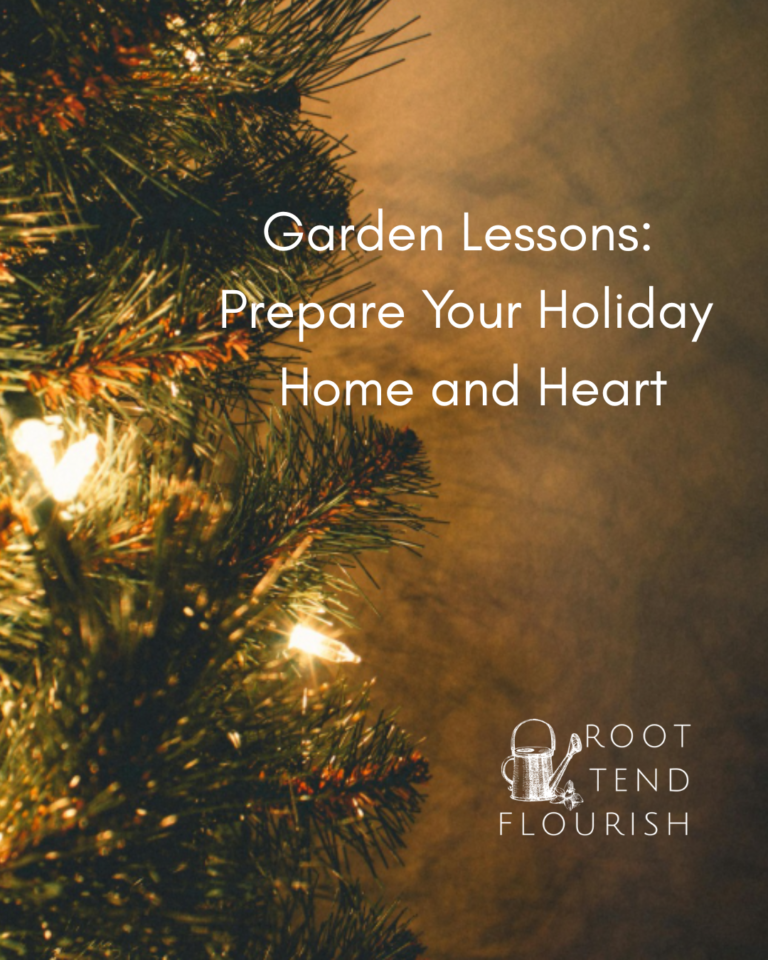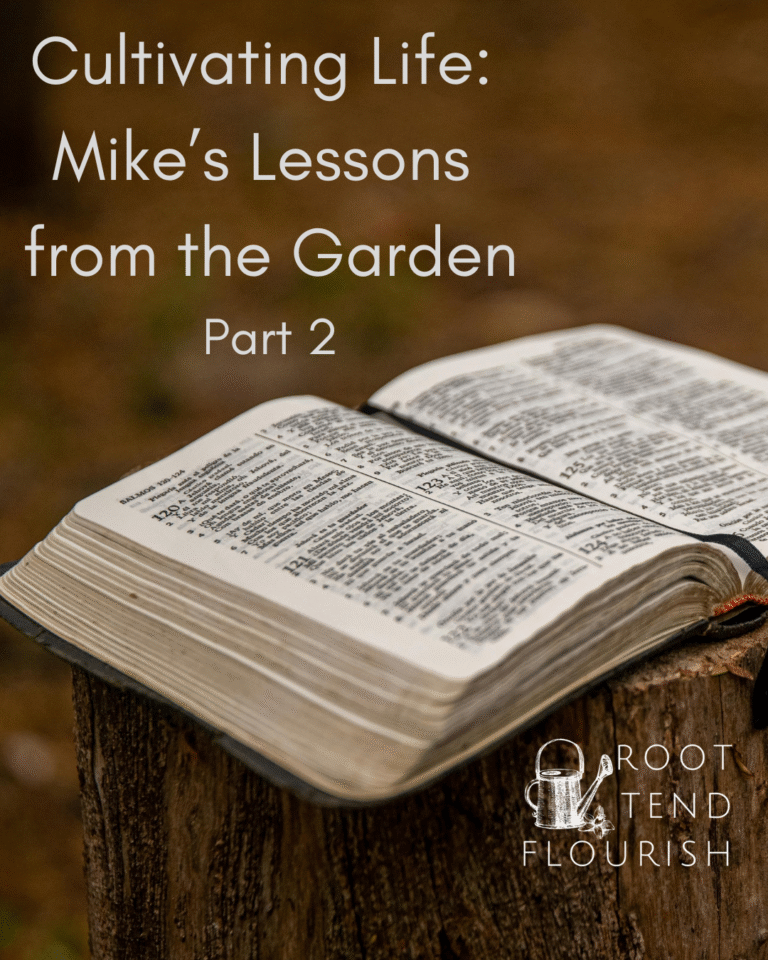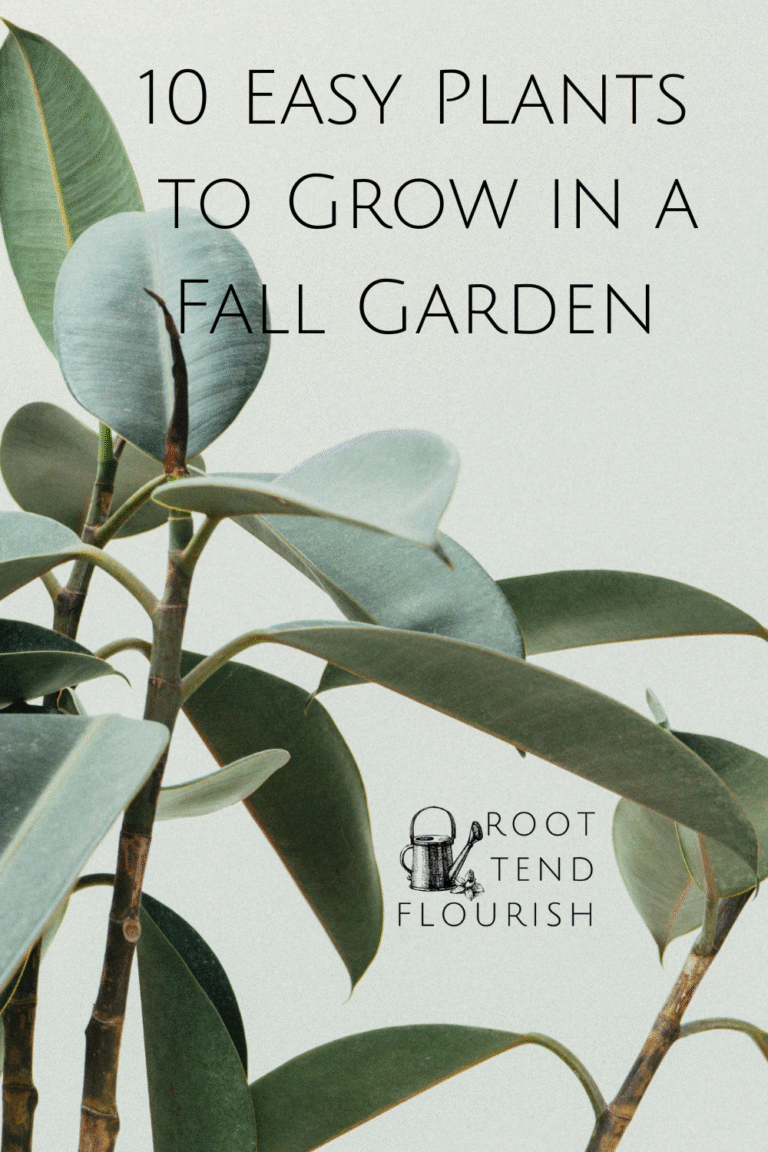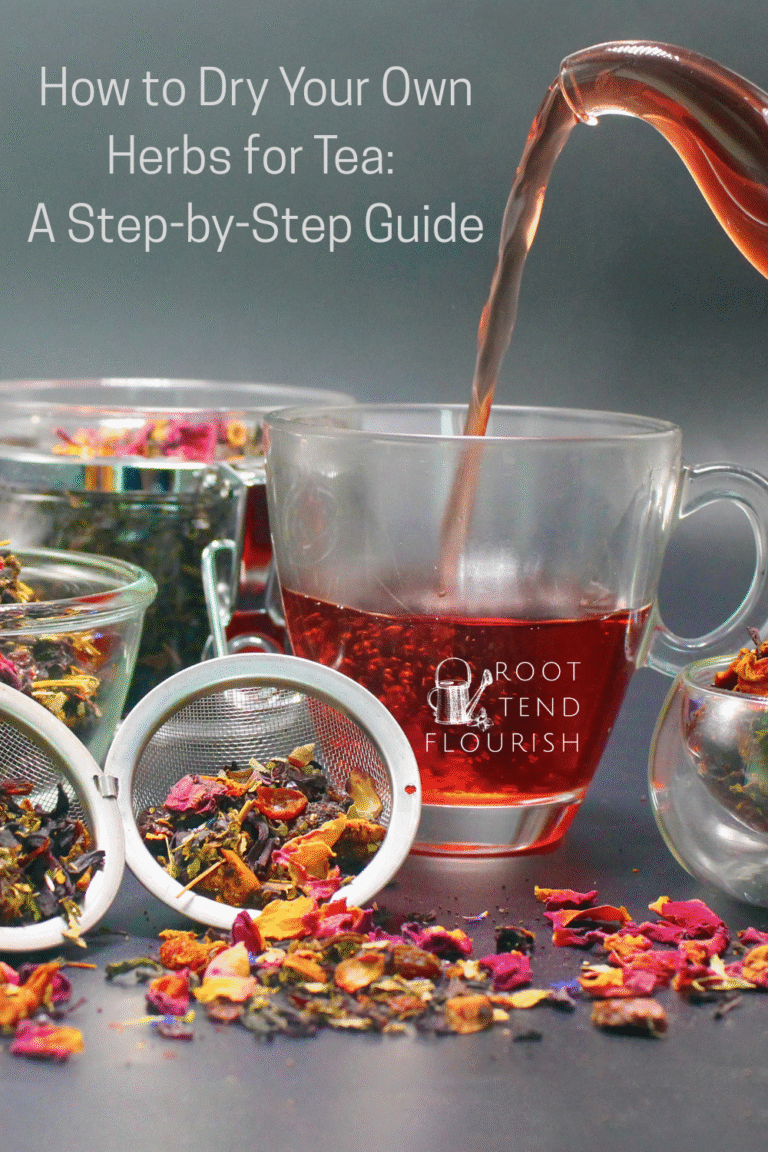Why Pruning Is Important in the Garden
Ask any gardener worth their salt and they’ll have three indispensable tools when it comes to pruning in the garden. A decent pair of gloves (thick leather is ideal if you’re dealing with brambles or thorns). A sharp pair of bypass hand pruners (Felco for the win!). And finally, their two hands. Pruning doesn’t require very complicated tools or fancy equipment. But what it does require is time, patience, the ability to get quiet and observe, and trust that the removal of excess will result in better, truer, healthier growth and form in the long run. Today we’ll discuss why pruning is important in the garden.
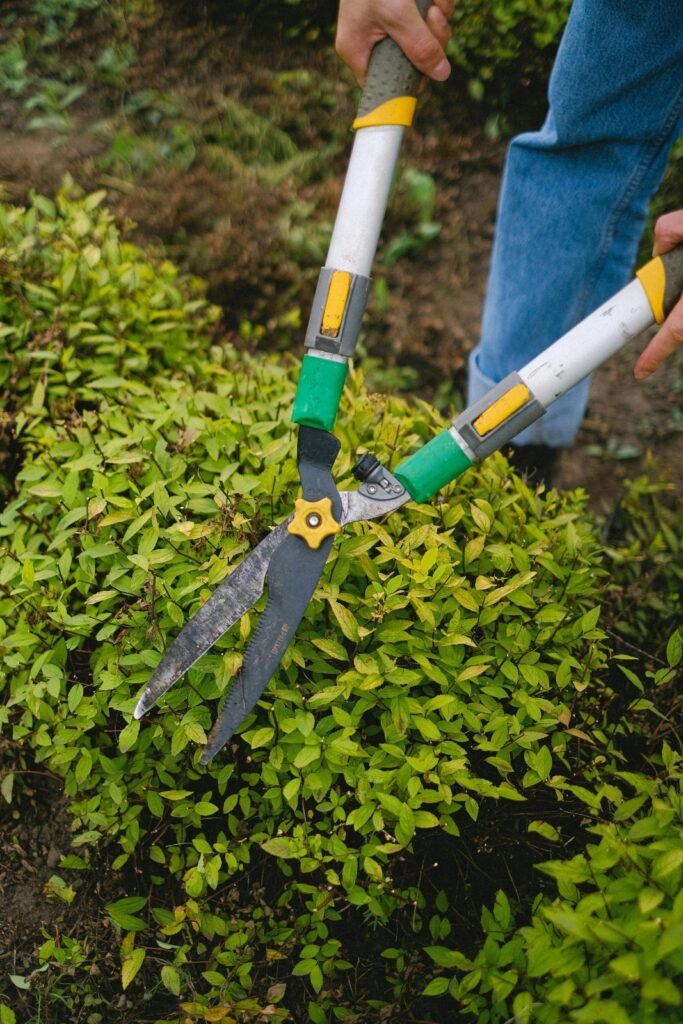
Pruning is important but why?
First, why prune? There are many reasons but a few of them include:
- To improve the health of the plant
- To lead to fuller growth throughout
- To increase flower and fruit production
- To develop a more desirable shape and form (now or in future growth)
- To create space around the plant for other things to flourish
- To remove any hazardous branches that pose a safety issue
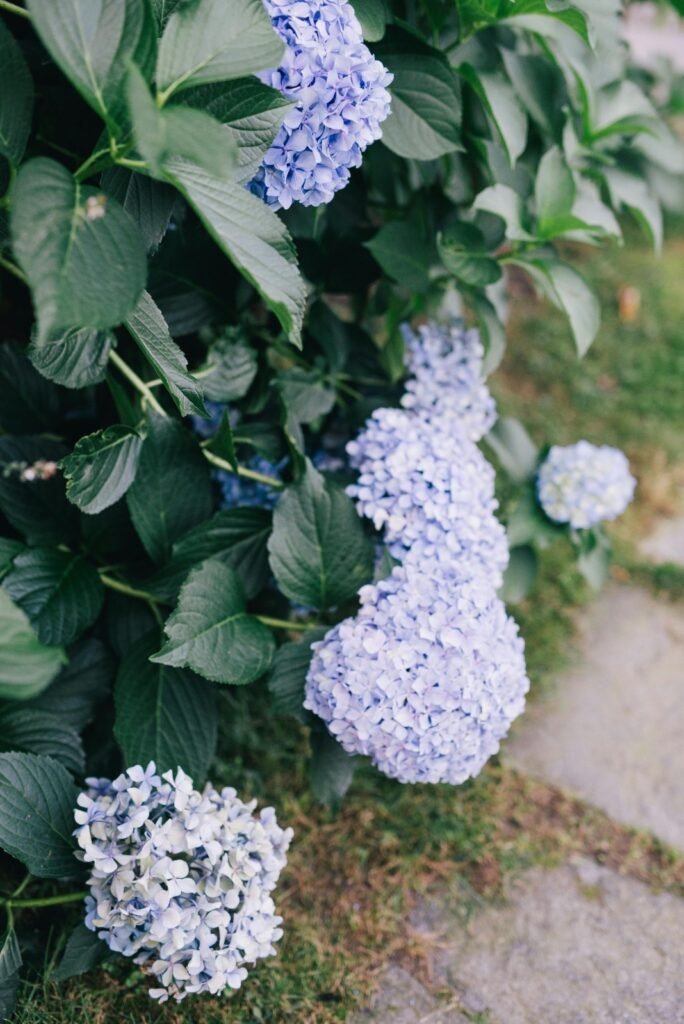
Let’s dive a little deeper now…
Important for Health: Let in the Light
In order for a plant to grow well and have a strong branching network, there must be room for light to reach the branches and air to flow easily among them. Any branches that are directly rubbing against each other or pockets where the growth is overly dense can become a breeding ground for pests and disease. Increased light leads to fuller growth from the center of the shrub outward, which allows for a more even distribution of foliage throughout the shrub or tree.
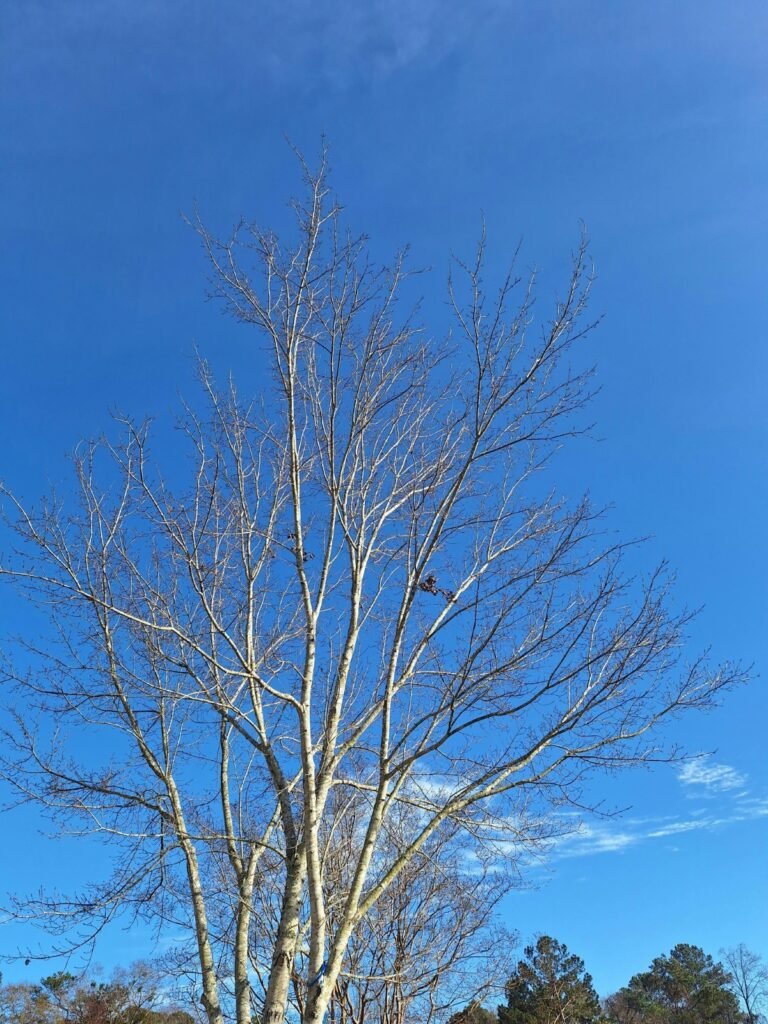
Important for Growth: Direct Those Resources
When a shrub is left on its own, much of the resources (minerals, vitamins, light and water) and energy of the plant go towards producing as much growth as possible in all directions. This may not be healthy or sustainable in the long run. By pruning, you are clearing out the excess to then allow those precious resources to be redirected to growth where it matters most. You’re shaping (literally) and targeting where and how you want the shrub or tree to fill in with new foliage.
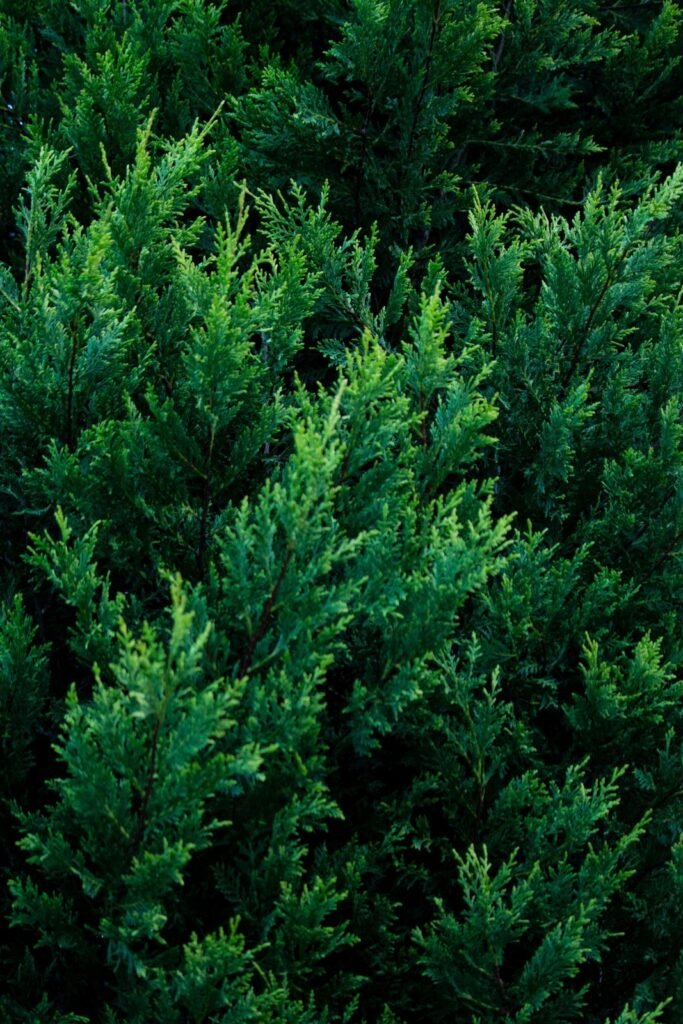
Pruning for Fruit and Flowering: Gain Higher Yields
For trees and shrubs that produce flowers or fruit, proper pruning can lead to better yields or more vibrant blooms. Cutting back certain branches helps the plant focus its energy on producing more flowers or fruit. Each flowering or fruiting plant requires slightly different pruning techniques and timing, so do a bit of research before you pull out your pruners.
For example, apple trees produce fruit on older wood, so a minimal amount of pruning is a good practice each year. Peaches, however, fruit on new wood so a thorough pruning job each year will actually encourage more fruit production than a light hand. Azaleas are best pruned after they finish flowering in spring. If you were to do it in the fall or early spring, you’d be cutting off the next season’s flower buds. Before you prune, check the specifics of your plant.
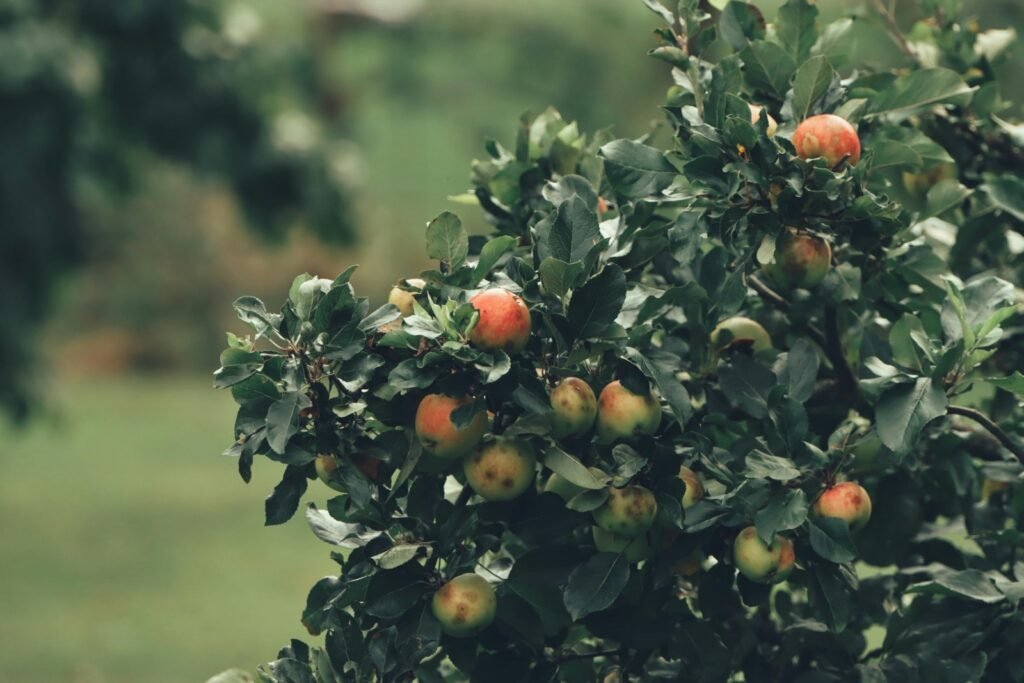
Pruning for Shape and Form: It’s a Process
We’ve all seen plenty of trees and shrubs that are a major eye sore in the landscape. They’re overgrown, oddly shaped or crowding out their neighbors in the planting bed (sometimes all of the above). While growth isn’t necessarily a bad thing, when left unchecked it can result in an unpleasant shape and can have a negative effect on its surroundings. Other plants get shaded and never reach their full potential, or worse, they die from lack of water, light and nutrients.
By selectively pruning you can start to steer the plant towards the desired shape and size you wish it to be. If it’s really overgrown this often has to happen in stages over multiple seasons; you’re playing the long game. It’s still critical that you choose the right plant for the right place; no amount of pruning will work to contain a 20-foot canopy of a tree in an 8-foot area. But most trees and shrubs (and even some perennials) benefit from seasonal pruning, thinning and shaping.
At times, it will require you to have faith that the significant amount of foliage removed (and subsequent unsightly appearance) will ultimately result in a more shapely and healthy plant. But when you are familiar with the specimen and are confident in the cuts you make, you can see in your mind’s eye what the tree or shrub will look like in the future. The current sacrifice of full foliage will be worth it for healthy, long-term growth.
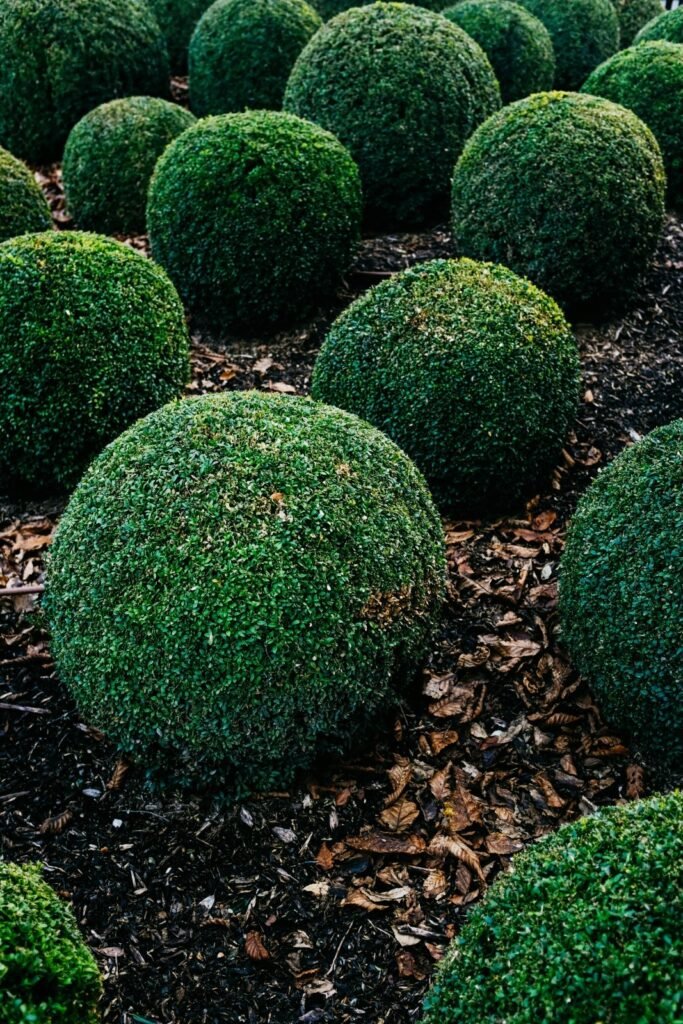
Pruning for Space: Be a Good Neighbor
Now a note on crowding out neighbors. Some landscape plants are real thugs and will take over if not kept in check. Others are simply growing in their natural ways but within the context of a cultivated garden, they can get a bit too enthusiastic (I’m looking at you mint family). While the shrub itself may be plenty healthy, the effect it’s having on the surrounding plants is detrimental.
At this point, you have to decide if it’s more important to prune the shrub (or divide the perennial) to allow for the adjacent plants to take root. Or perhaps those adjacent plants have run their course and need to be removed from the garden. Only you can make that call and it requires thoughtful consideration of what your end goal is for the garden as a whole.
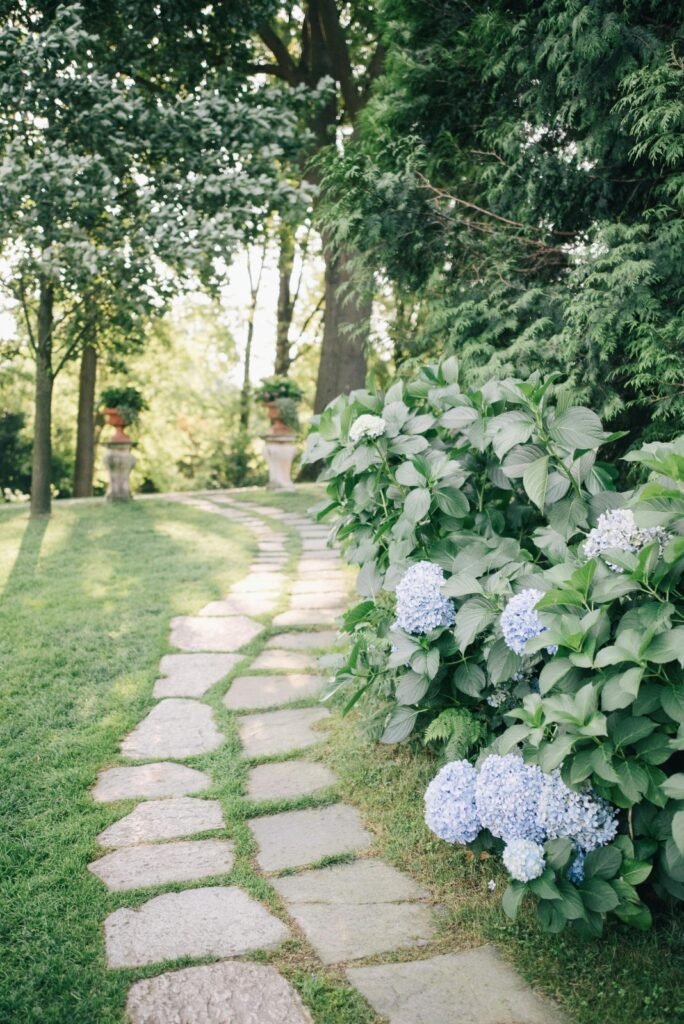
Important for Safety: Avoid Accidents
Keeping trees and shrubs regularly pruned also leads to a safer environment. Low-hanging branches can do damage to nearby structures or even pose a threat to people. Overgrown trees and shrubs can also do damage to the siding of a structure when there’s no space to allow for proper air flow. Wood siding is especially susceptible to rot in this scenario but even vinyl siding can mildew more easily when branches and foliage are continually up against them.
A good rule of thumb is to allow a minimum of 12 inches between the backside of a shrub and the adjacent structure. This also allows for ease of access to the structure for maintenance without snapping branches on the nearby plants.
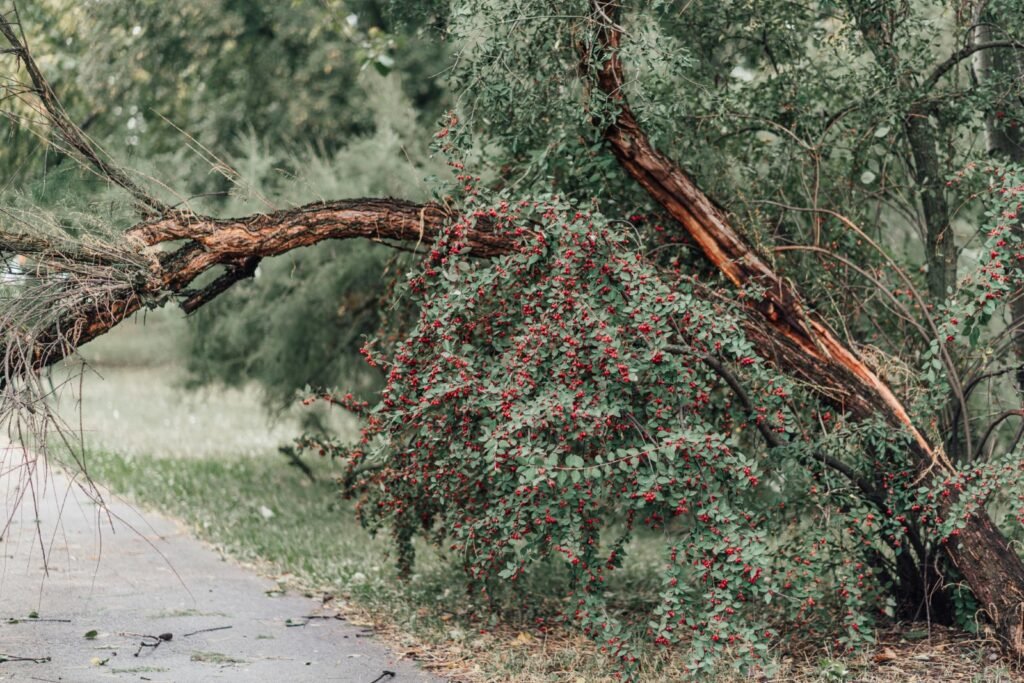
Recap of Why Pruning is Important
We’ve covered a lot of ground as to why it’s worth taking time for regular pruning. Let’s recap why pruning is an integral part of garden maintenance:
- To improve the health of the plant
- To lead to fuller growth throughout
- To increase flower and fruit production
- To develop a more desirable shape and form (in the present or in future growth)
- To create space around the plant for other things can flourish
- To remove any hazardous branches that pose a safety issue
We’ll discuss some basic pruning techniques and tools in a future post. For now, grab a pen and paper and take a stroll through your garden. Note any shrubs or small trees that would benefit from a bit of pruning this season (leave any larger trees to the professionals). Study a bit on when it is the proper time to prune them and note it in your calendar. Then get out there and get to work. You’ll likely make some mistakes here and there but there’s nothing like hands on practice to get started. The good news is that most plants, given enough time, can recover from common pruning mistakes. Think of mistakes like a bad haircut. We’ve all been there and grown out of it!

